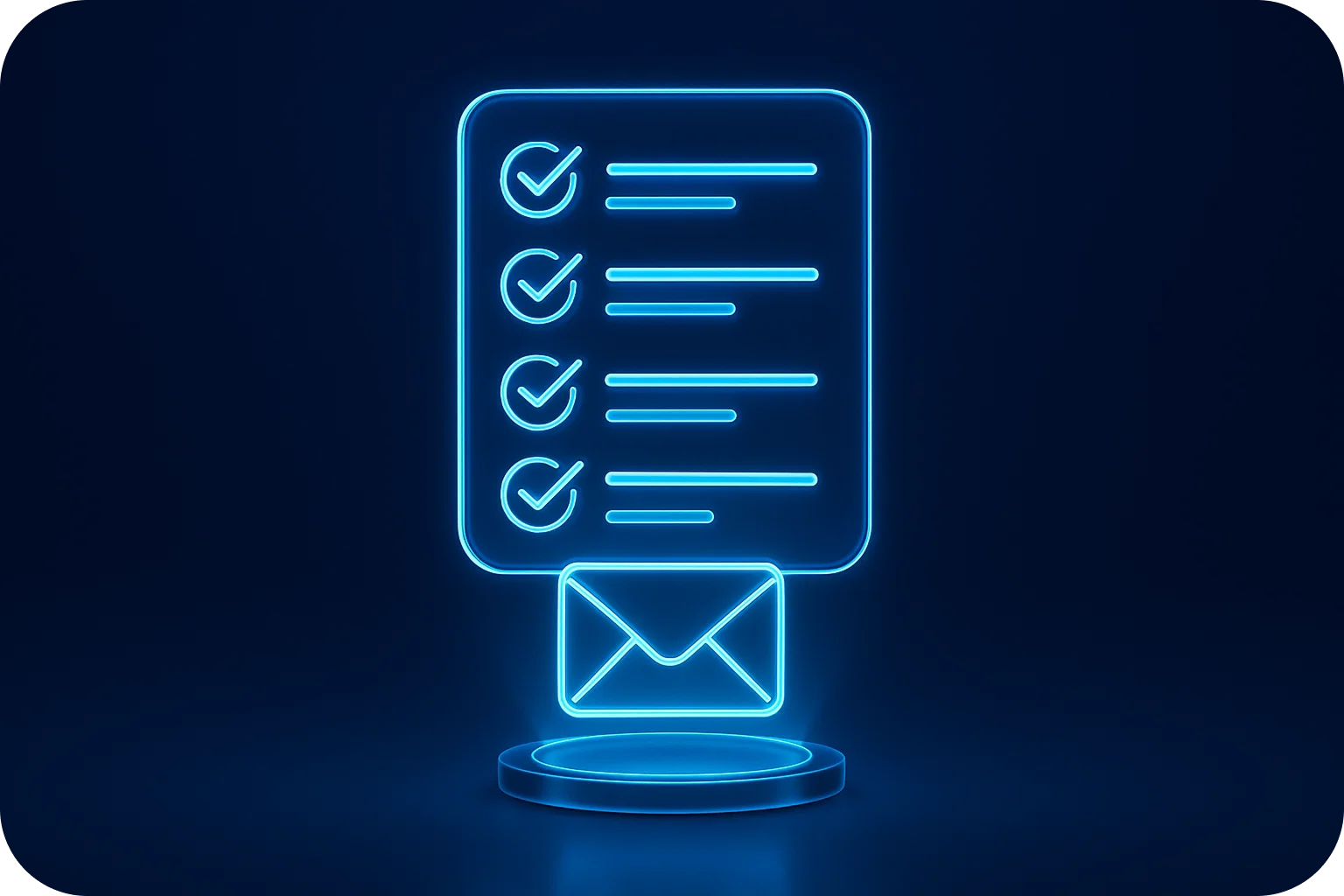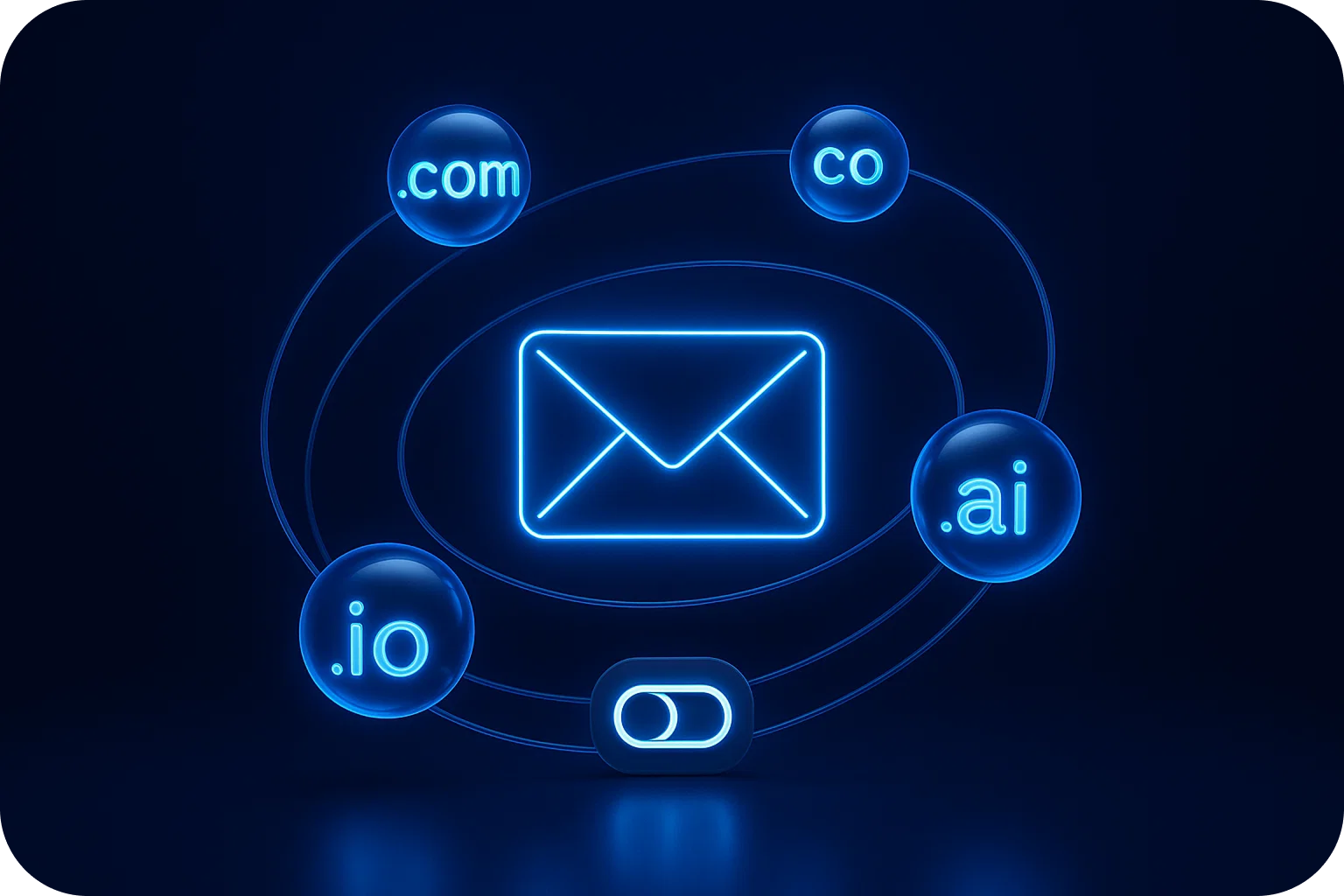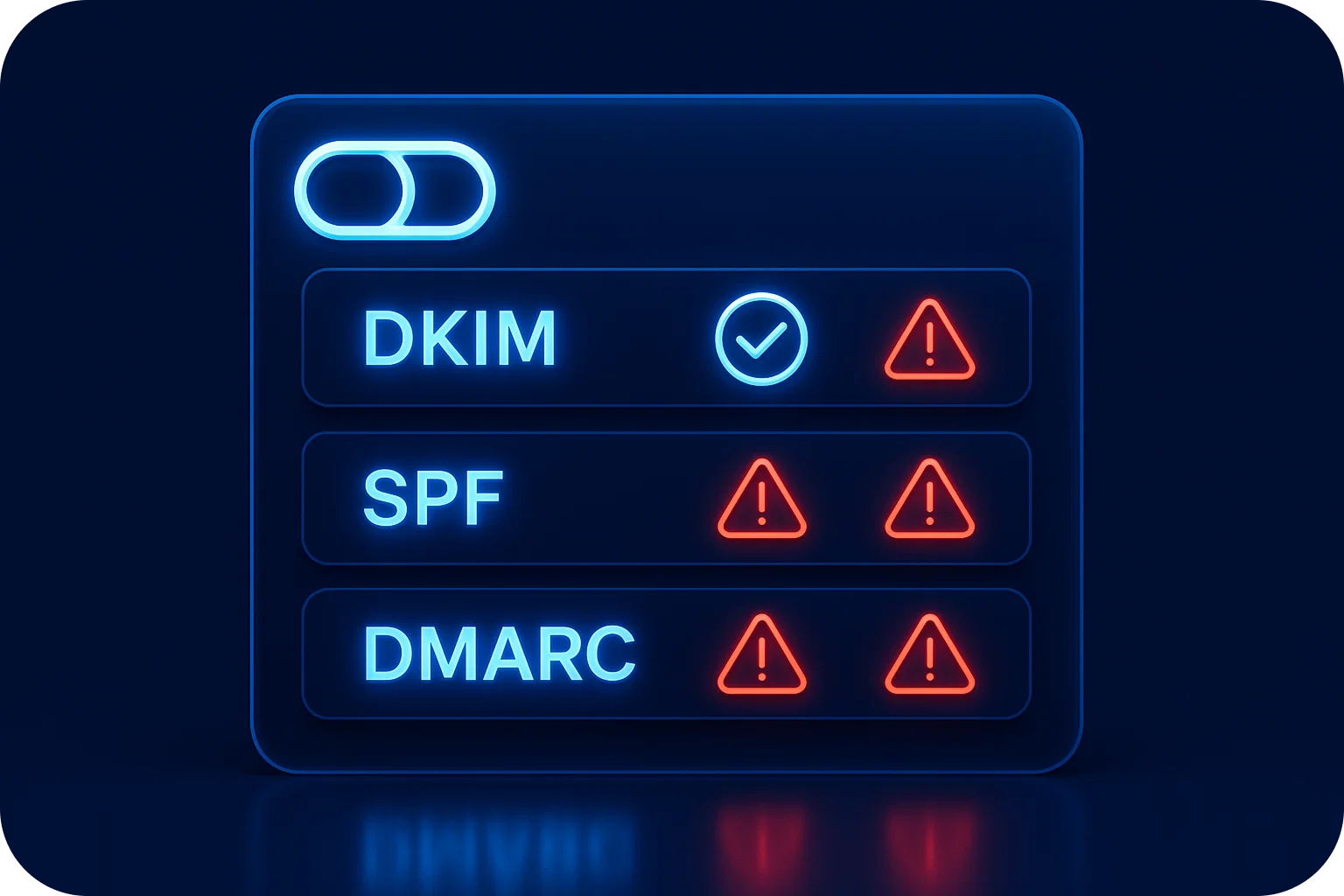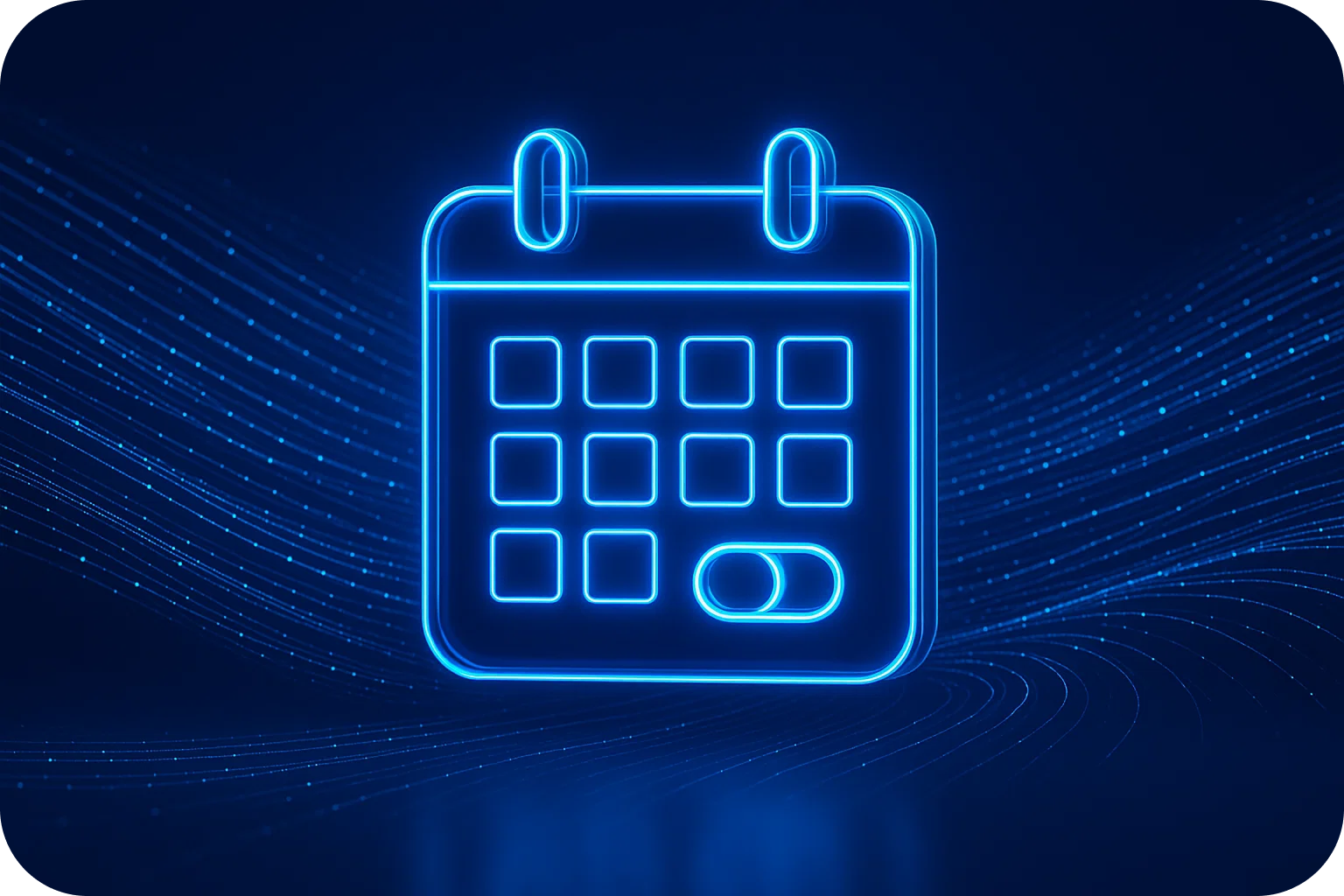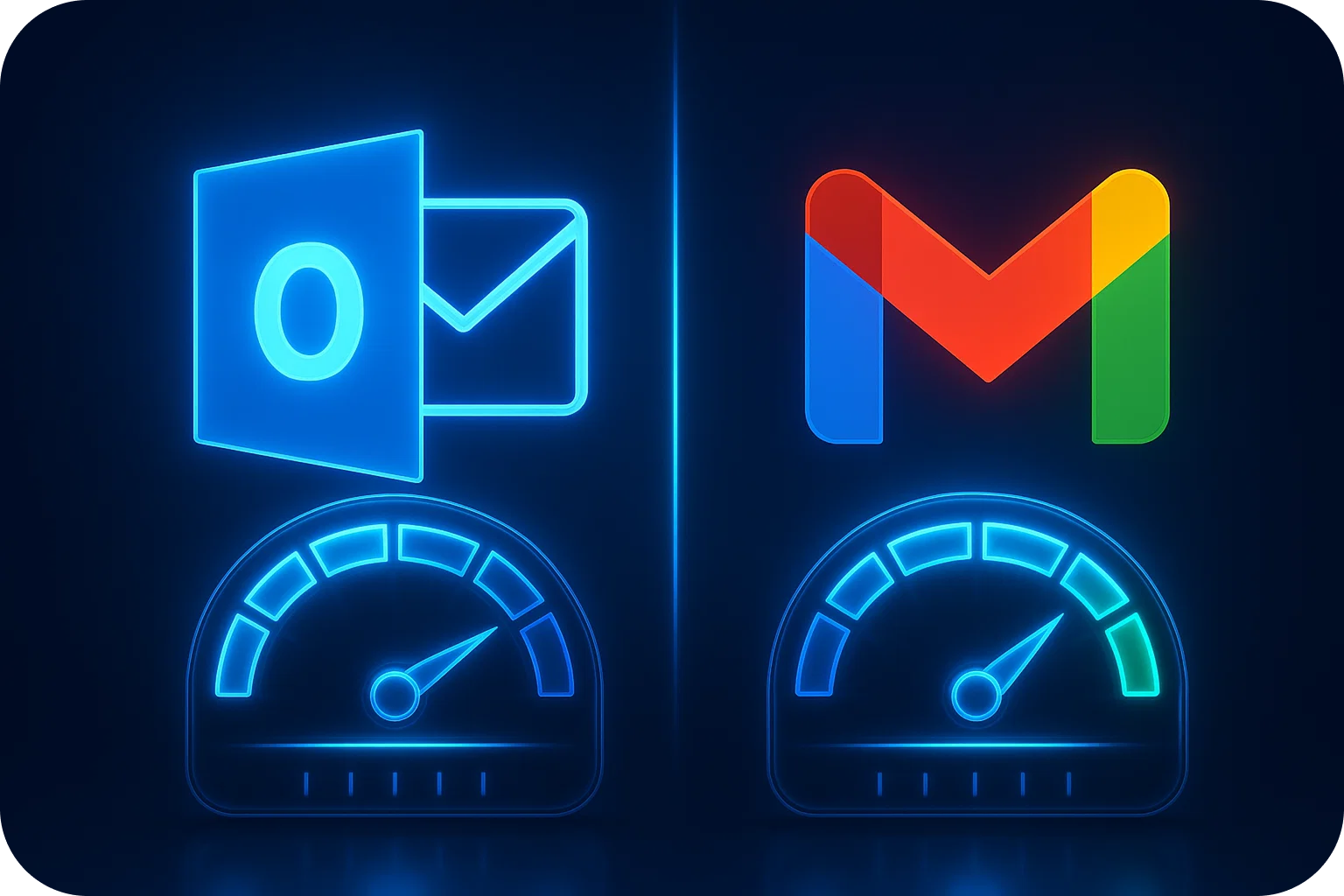Your Cold Emails Aren't Converting? Fix These 7 Infrastructure Issues First

You've crafted the perfect cold email. Your subject line is compelling, your copy is personalized, and your call-to-action is crystal clear. Yet your conversion rates are still disappointing. Sound familiar?
Here's the hard truth: 67% of cold emails never reach the inbox. Before you blame your messaging, it's time to look at what's happening behind the scenes. Your email infrastructure might be sabotaging your best efforts.
Most sales teams focus on perfecting their copy while ignoring the technical foundation that determines whether their emails even get delivered. Today, we're diving deep into the 7 critical infrastructure issues that are killing your cold email conversions and how to fix them.
Why Email Infrastructure Matters More Than Your Copy
Think of email infrastructure as the delivery truck for your message. You could have the world's most valuable package, but if your truck breaks down, it never reaches the customer.
Email service providers (ESPs) like Gmail and Outlook use sophisticated algorithms to determine email placement. They evaluate dozens of technical factors before your recipient even sees your subject line. Poor infrastructure triggers spam filters, lands your emails in promotions tabs, or worse, sends them straight to the trash.
The result? Even the most brilliant cold email campaigns fail to convert because they're fighting an uphill battle against technical barriers.
The 7 Infrastructure Issues Destroying Your Cold Email Conversions
1. Poor Domain Reputation and Authentication
The Problem: Your domain lacks proper authentication records (SPF, DKIM, DMARC), or you're sending from a brand-new domain without establishing reputation.
Why It Kills Conversions: ESPs can't verify you're a legitimate sender, automatically flagging your emails as suspicious. Gmail and Outlook are particularly strict about authentication emails without proper records often bypass the inbox entirely.
The Fix:
- Implement SPF, DKIM, and DMARC records correctly
- Use aged domains (6+ months old) for cold outreach
- Gradually warm up new domains with consistent, low-volume sending
- Monitor your domain reputation using tools like Google Postmaster Tools
Pro Tip: Many companies make the mistake of using their primary business domain for cold outreach. This puts your entire email ecosystem at risk. Instead, use dedicated domains specifically for outbound campaigns.
2. Inadequate IP Warming and Management
The Problem: Sending high volumes immediately from a cold IP address, or sharing IP space with spammers on shared hosting.
Why It Kills Conversions: ESPs track IP reputation meticulously. A cold IP sending 1,000 emails on day one screams "spam operation." Shared IPs can inherit the poor reputation of other users, tanking your deliverability through no fault of your own.
The Fix:
- Start with 20-50 emails per day from new IPs
- Gradually increase volume over 4-6 weeks
- Consider dedicated IPs for high-volume senders (500+ emails/day)
- Monitor IP reputation and blacklist status regularly
- Maintain consistent sending patterns to build a positive reputation
3. Insufficient Email Account Diversification
The Problem: Sending all cold emails from a single email account or using obvious bulk-sending patterns.
Why It Kills Conversions: ESPs detect when one account sends unusually high volumes. This triggers rate limiting, spam filtering, and potential account suspension. Your entire campaign can be shut down overnight.
The Fix:
- Distribute sending across multiple email accounts (3-5 accounts per domain)
- Limit each account to 20-50 emails per day, maximum
- Use different email providers (mix Google Workspace, Microsoft 365, etc.)
- Rotate sending accounts to avoid pattern detection
- Maintain realistic sending volumes that mimic human behavior
4. Broken Email Warm-up Processes
The Problem: Skipping email warm-up entirely or using ineffective warm-up strategies that don't build genuine engagement.
Why It Kills Conversions: New email accounts have zero sending reputation. Without a proper warm-up, your first cold email campaign immediately triggers spam filters. ESPs need to see consistent, positive engagement before trusting your emails with inbox placement.
The Fix:
- Start warm-up 3-4 weeks before launching campaigns
- Begin with internal team communications and known contacts
- Gradually increase sending volume and recipient diversity
- Focus on generating replies and positive engagement
- Use automated warm-up tools, but supplement with genuine interactions
5. Poor List Hygiene and Targeting
The Problem: Sending to outdated email lists, role-based addresses, or unverified contacts that result in high bounce rates.
Why It Kills Conversions: High bounce rates (>5%) signal to ESPs that you're not maintaining quality lists. This damages sender reputation and reduces deliverability for all future emails. Invalid emails also waste your sending capacity and skew campaign metrics.
The Fix:
- Verify all email addresses before adding to campaigns
- Remove hard bounces immediately
- Avoid role-based emails (info@, admin@, sales@)
- Regularly clean lists to remove inactive or problematic addresses
- Use double opt-in for any subscription-based lists
6. Inadequate Monitoring and Analytics Setup
The Problem: Flying blind without proper tracking of deliverability metrics, engagement rates, and infrastructure health.
Why It Kills Conversions: You can't fix what you can't measure. Without monitoring, infrastructure problems compound until your entire email program fails. By the time you notice poor performance, significant damage to your sender reputation may already be done.
The Fix:
- Set up Google Postmaster Tools and Microsoft SNDS
- Monitor key metrics: delivery rate, inbox placement, spam complaints
- Track bounce rates, unsubscribe rates, and engagement metrics
- Set up alerts for sudden changes in performance
- Regularly audit DNS records and authentication status
7. Lack of Proper Backup and Redundancy Systems
The Problem: Relying on a single email provider or infrastructure setup without backup plans for when things go wrong.
Why It Kills Conversions: Email providers can suspend accounts without warning. Technical issues can take down your entire sending infrastructure. Without redundancy, a single point of failure can halt your entire sales operation and destroy months of reputation-building.
The Fix:
- Use multiple email providers (Google Workspace + Microsoft 365)
- Maintain backup domains and email accounts
- Implement failover procedures for technical issues
- Keep detailed documentation of all infrastructure settings
- Regular backup of email templates, lists, and campaign data
The Real Cost of Poor Email Infrastructure
Let's put this in perspective with real numbers. Consider a typical startup sales team:
- Monthly cold email volume: 10,000 emails
- Poor infrastructure deliverability: 60%
- Good infrastructure deliverability: 95%
- Average conversion rate: 2%
- Average deal value: $5,000
Poor Infrastructure Results:
- 6,000 emails delivered
- 120 conversions
- $600,000 monthly revenue
Optimized Infrastructure Results:
- 9,500 emails delivered
- 190 conversions
- $950,000 monthly revenue
The difference? $350,000 in monthly revenue $4.2 million annually.
This doesn't even account for the compound effect of better reputation leading to improved deliverability over time, or the reduced costs from not having to send 67% more emails to achieve the same results.
Building Infrastructure That Scales
Fixing these infrastructure issues isn't just about immediate improvements, it's about building a foundation that scales with your business.
Start with the fundamentals:
- Audit your current setup using the 7 issues above
- Prioritize fixes based on impact and implementation difficulty
- Implement monitoring before making changes
- Test improvements with small segments before full deployment
- Document everything for team knowledge and future scaling
Plan for growth: Your infrastructure needs will evolve. What works for 1,000 emails per month won't scale to 50,000. Design systems that can grow with your business without requiring complete rebuilds.
Beyond the Technical: The Strategic Advantage
Companies that invest in proper email infrastructure gain more than just better deliverability. They achieve:
- Predictable sales pipeline: Consistent email performance enables accurate forecasting
- Competitive advantage: While competitors struggle with deliverability, your emails reach prospects
- Cost efficiency: Better deliverability means less waste and higher ROI on email campaigns
- Scalability: Proper infrastructure supports rapid growth without performance degradation
- Brand protection: Good sender reputation protects your company's email ecosystem
Your Next Steps
Don't let infrastructure issues continue sabotaging your cold email conversions. Here's your action plan:
- Audit your current setup against the 7 issues outlined above
- Prioritize fixes based on severity and business impact
- Implement monitoring to track improvements
- Test systematically to validate changes
- Scale gradually while maintaining performance
Remember: Your competition is likely making these same infrastructure mistakes. By fixing them, you're not just improving your email performance; you're gaining a significant competitive advantage in reaching and converting prospects.
The best cold email copy in the world can't overcome poor infrastructure. But with the right foundation, even average copy can achieve exceptional results.
Ready to fix your email infrastructure and unlock your cold email potential? Don't let technical barriers continue limiting your sales success. Book a 15-minute demo to see how Mailpool can solve these infrastructure challenges and scale your cold email operations to achieve 98% deliverability rates.
Your prospects are waiting. Make sure your emails actually reach them.
More articles
Get started now




%201.png)

